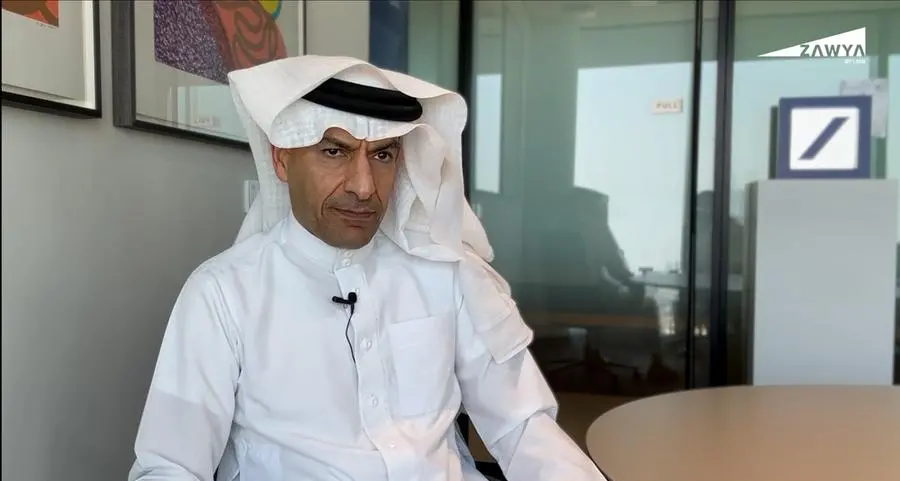PHOTO
The UAE and other countries of the Gulf Corporation Council (GCC) will experience an extended period of higher interest rates, say economists.
Gulf central banks have been raising interest rates in line with the Federal Reserve over the past couple of years as the US central bank tries to bring down inflation from a multi-decade high.
The UAE and other Gulf countries follow the Fed as their currencies are pegged to the US dollar. The Central Bank of the UAE (CBUAE) decided to maintain the Base Rate applicable to the Overnight Deposit Facility (ODF) at 5.40 per cent, effective from Thursday, September 21.
The UAE Central Bank raised the rates last time on July 26 by 25 basis points from 5.15 per cent to 5.40 per cent following the US Federal Reserve Board’s announcement to increase the Interest on Reserve Balances (IORB) by 25 basis points.
Oxford Economics said the Fed recently paused its rate hiking cycle, offering respite to the GCC countries whose rates have reached the highest level in over 20 years.
“However, inflation is rising once more, so we cannot rule out another Fed rate hike before the end of 2023, which could force the dollar-pegged nations to adapt accordingly until a strategy to cut rates is gradually rolled out. The Central Bank of the UAE kept its rate at 5.4 per cent this week, and we expect other GCC banks will follow suit,” said Scott Livermore, chief economist for the Middle East at Oxford Economics.
“We think the GCC countries will have to become accustomed to an extended period of higher interest rates. As expected, the US Federal Reserve left policy rates unchanged at its latest meeting, but it hasn’t ruled out further rate hikes,” he said.
Oxford Economics said continued easing of inflation and an ongoing cooling in labour market conditions will keep the Fed on the sidelines. “We anticipate the Fed will gradually cut interest rates starting in mid-2024,” said Livermore.
Ipek Ozkardeskaya, senior analyst at Swissquote Bank, said the Fed’s hawkish pause triggered a fresh wave of worries that the rates would stay higher for longer.
“The dollar index entered the bullish consolidation zone after the Fed kept the possibility of another rate hike before the year ends on the table when it met last week, and said that the rates will likely stay higher for longer next year,” said Ozkardeskaya.
David Kohl, chief economist, Julius Baer, said the Fed left interest rates unchanged at its last meeting but signalled its readiness to hike rates by an additional 25 basis points until the end of the year. “The updated economic projections were revised and affirm the message that interest rates will stay high for longer than previously envisaged. We stick to our view that the Fed is done with its rate hikes and adjust our expectations for the first rate cut from July 2024 to September 2024,” said Kohl.
Copyright © 2022 Khaleej Times. All Rights Reserved. Provided by SyndiGate Media Inc. (Syndigate.info).























